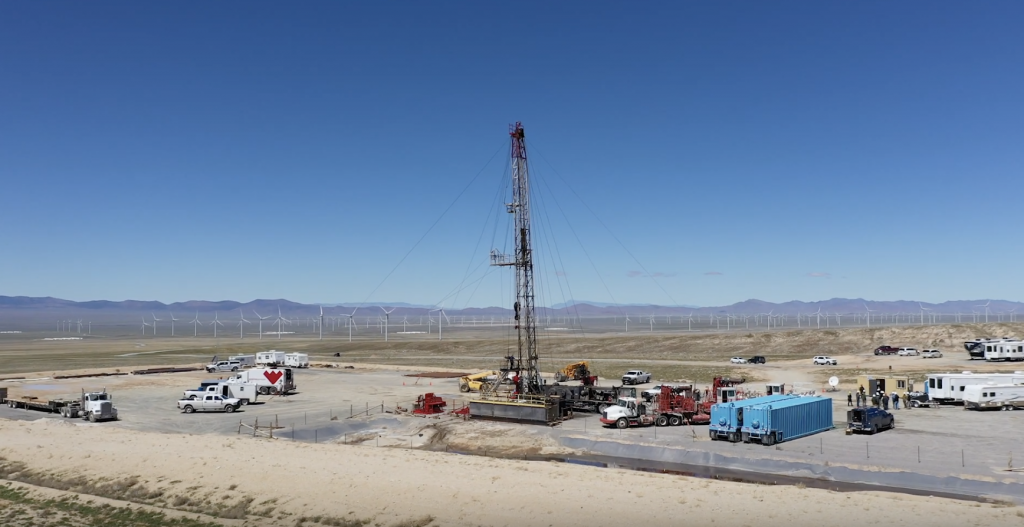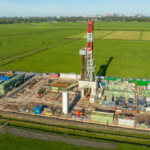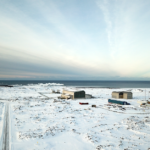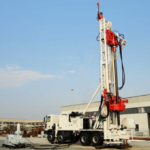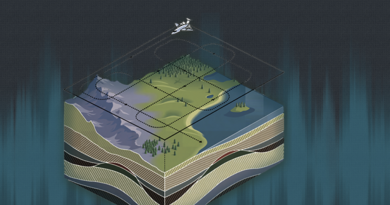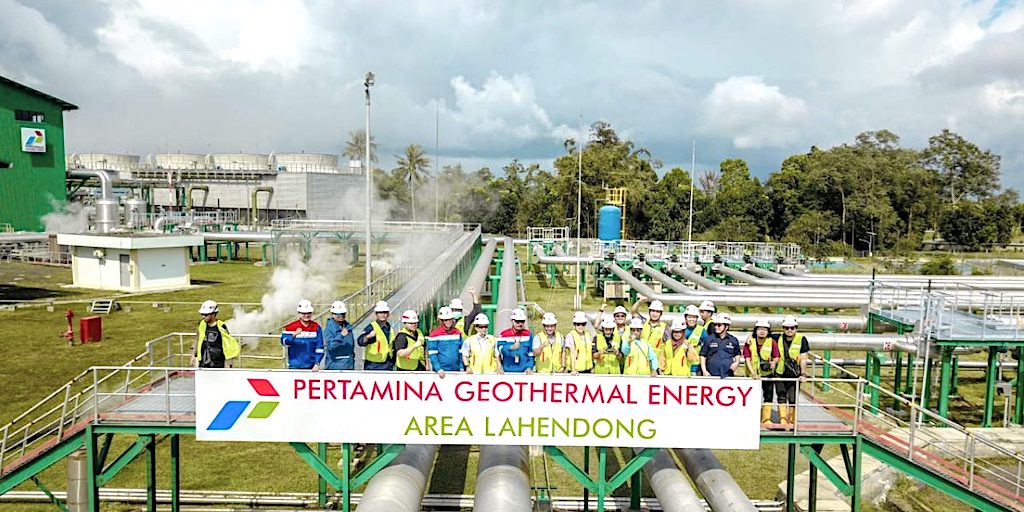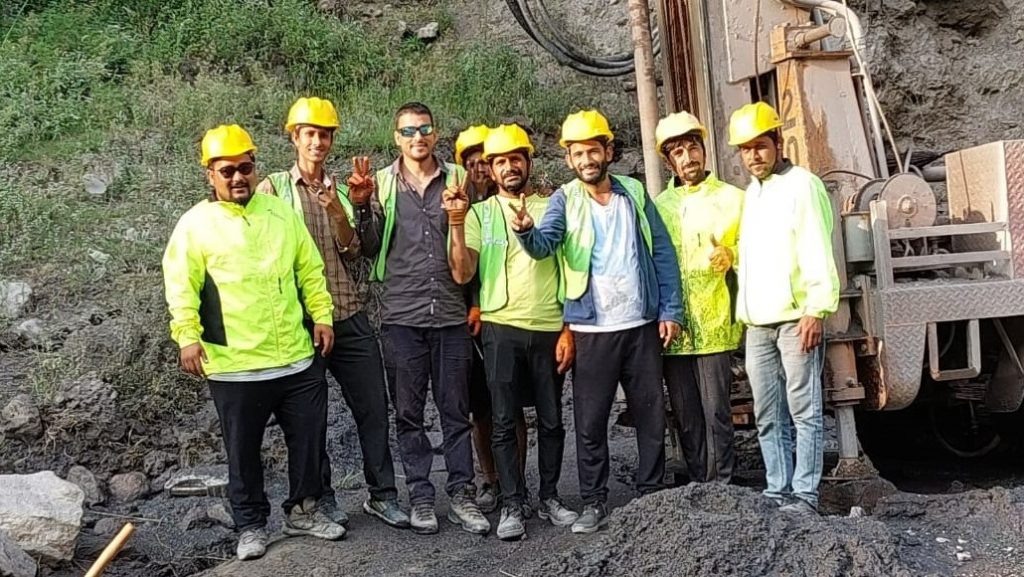Research to refine drilling and save cost for geothermal
Energy Disrupter
Researchers of Texas A&M are working on improving drilling methods and business practices to lower geothermal energy startup costs under DOE funding.
Researchers Dr. Sam Noynaert and Fred Dupriest of Texas A&M Engineering have been working on a project funded by a $1.86 million grant from the U.S. Department of Energy (DOE) to change geothermal drilling practices. Their goals are to refine drilling methods and create a cost-saving business model for future geothermal energy companies, so the post on the school’s engineering department website.
“One of the DOE’s goals is to make geothermal energy more economical,” said Noynaert, a professor of practice in the Harold Vance Department of Petroleum Engineering at Texas A&M University. “It’s a very low-margin business, so reducing costs has a tangible impact.”
Using the earth’s subsurface heat to change water to steam and power generators to produce electricity is not a new idea, but it’s a proven one. For instance, the first large-scale geothermal electricity-generating plant opened in the U.S. in 1960 and has grown to become the most significant energy complex of its kind in the world. Unfortunately, while advances in technology have improved energy production efficiency, one aspect of tapping this renewable resource is still highly cost-prohibitive to those wanting to invest in it: drilling into the earth.
Every day a rig is in operation requires a great deal of money. Costs stem from the drilling rigs themselves to the many onsite service companies providing personnel and equipment. Therefore, drilling teams that are efficient with both time and money while delivering high-quality, properly placed wellbores are highly valued.
Geothermal wells aren’t drilled frequently. For example, only 15 or 20 wells might be completed in the U.S. per year, with individual companies only drilling one or two. These low numbers mean geothermal drillers can fall behind on best drilling practices, increasing their time and costs because they aren’t constantly on a rig.
For the full article that goes into detail on the limiting factors of specific techniques and the researchers’ investigation into ways to improve methods and technology. It also describe the work of the researchers on training and research programs for drillers, e.g. working with and teaching the drilling team foor the DOE FORGE project in Milford, Utah.
“We taught them to understand how everything worked, so when we said, ‘Now here’s how you can be doing that, and you will get this much different result.’ It made sense to them,” explained Noynaert. “The whole point of teaching drilling physics is so that it makes sense. You can’t improve what you don’t understand.”
Noynaert and Dupriest’s course included drill bit specifics, optimum drill speeds and how much force to use. Most importantly, they showed how drilling limiters worked and what the appropriate identification and response should be. Once drilling started, this critical training helped the drilling team understand how to identify and reduce performance limiters. Improvements relied only on what the team did and how they did it, not on any special equipment.
For the full article see link below.
Source: Texas A&M Engineering


